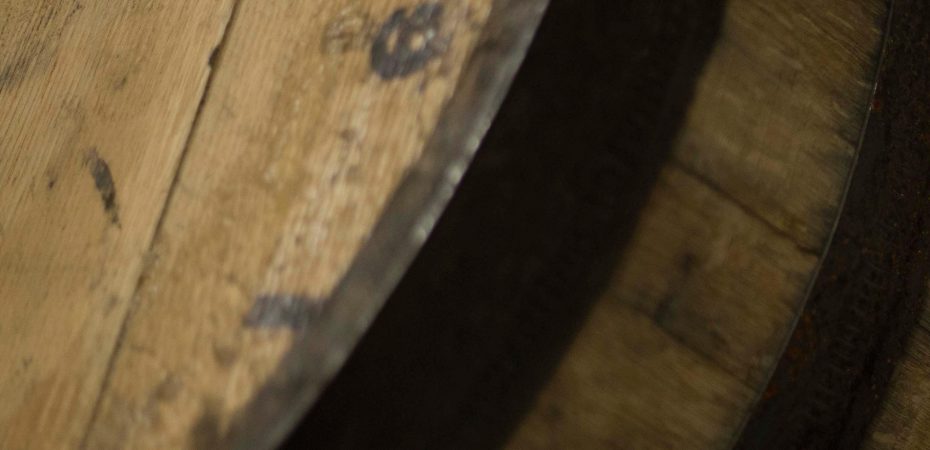Most of us, if asked about the use of wooden barrels in the production of alcoholic beverages, would most readily associate them with whiskey or wine. For my part the images which immediately spring to mind are of rows of stately oak vessels, locked away in remote Scottish distilleries or the cool stone cellars below a Bordelais. But the good old fashioned wooden barrel is now swiftly becoming a source of great excitement among beer drinkers as the wonderfully diverse range of flavours it can impart upon liquids is explored by brewers.
The use of the barrel in the production and transportation of alcohol goes back millennia. In the fifth century BC the Greek historian Herodotus of Halicarnassus wrote about how wine was transported from Armenia to Babylonia along the two great rivers of Mesopotamia, the Tigris and the Euphrates. These ancient wines, he tells us, were shipped in “casks of palm wood.” However, most historians now agree that wooden barrels and casks as we know them today were developed by the Celts around 350 BC. Using techniques of shaping wood which seem to have been borrowed from boat building, they were able to create watertight, wooden containers of surprising strength.
In ancient times wine was traditionally fermented, stored and transported in large clay vessels known as “amphorae” but these were gradually replaced as access to more durable raw materials, such as wood, increased. The classic convex barrel shape developed by the Celts was designed in such a way that it added strength and made it easy to roll and change direction with minimal friction. Not only was the wooden barrel more strong and durable than the fragile clay amphora it could also improve the quality of the liquid it was storing. Then, as now, oak was highly prized for the sweet and complex notes which it could add to the liquid.
The species of oak, along with the way in which it is treated can affect the taste of the liquid, a barrel holds to a remarkable degree. It took until the 17th century for European winemakers to adopt the use of oak barrels. The wood used for these was primarily French, Slovenian or sessile oak. These are particularly porous varieties with a very fine grain which meant that barrel makers had to carefully split the wood by hand before it was used. American oak or white oak On the other hand is much more robust. It can be cut into shape and then kiln dried quickly over a gas fire. This charring of the wood translates into wonderful smoky flavours which are particularly prised in the production of whiskey. French oak can also be heat treated but more slowly and carefully over a small fire. This will result in subtle warm vanilla and coconut which is ideal for wine.
In the United States the use of American oak for the production of Bourbon whiskey has been enshrined in law no other species is permitted for the production of America’s signature spirit. However the life of these barrels does not end after the last drop of Bourbon has been drained from them. Soaked in the sweet, smoky flavour they go on to age and shape a myriad of other liquids. Most famously Scotch, Irish and Canadian whiskies but also rum, tequila, sherry and of course beer. Wine barrels have also been used in this way flavouring sour beer, with tart flavours which originate from bacterial infections introduced specifically to sour the beer.
This Article is from Beers of the World Issue 30, and the rest can be found here.

